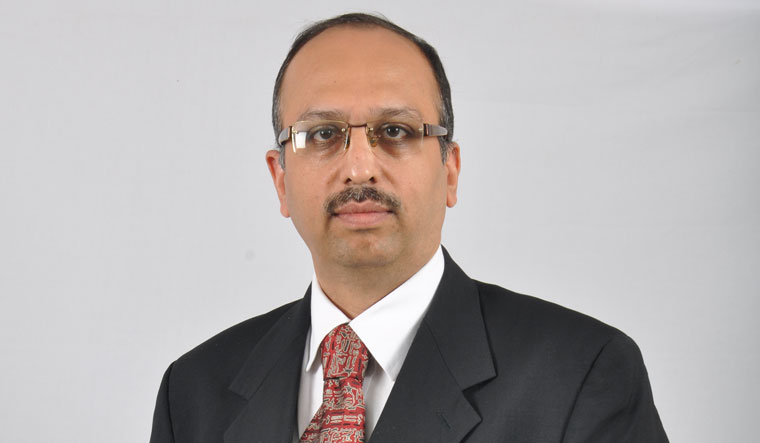Dear doctor/ Dr Kaushal Malhan, director, orthopaedics & joint replacement surgeries, Fortis Hospital, Mulund, Mumbai
During the past eight months of the Covid-imposed lockdown, we have seen a lot of patients coming to us with problems that are related to sitting for long hours, working from home and staying indoors resulting in back and neck aches, postural issues, muscle pain issues and full body aches. Interestingly, we are also seeing a lot of older patients with osteoporotic fractures of the wrists, hips and shoulders, and these are patients who have not gone out at all, but have fallen at home.
Right posture matters
There is an increase in complaints of body aches during the lockdown. A lot of factors have contributed to this such as being sedentary or the absence of the right kind of infrastructure required for long hours of work. It all starts from the right chair. Make sure your back is supported by the back rest, the legs are under the table, the tummy or the chest nearly reaches the edge of the table and the elbows are well-rested on the table. The computer should be at your eye level.
Osteoarthritis, the villain
Osteoarthritis is very common among Indians; the knee is the most commonly affected joint which is impacted, followed by hips and shoulders. Genetics, lifestyle and injuries are all the factors that would lead to the wearing out of knees. Stretching exercises will help in creating a balance between the two knees and prevent long-term arthritis.
To maintain bone health
I am now seeing osteoporosis in much younger patients than say, a decade back. It is a silent disease which becomes overt and obvious only when the bone fractures and gets injured. Increase your bone density as much as possible in the formative years itself. A high intake of proteins is crucial for bone health, much more than calcium and vitamins. Also, one’s bones must be attuned towards impact exercises such as walking, running, skipping and jumping.
Localised treatment
We are now seeing osteoarthritis in much younger patients and in more active patients, and also arthritis is mainly observed in certain parts of the knee among Indians rather than the whole knee. So, our focus has been on minimally-invasive joint replacement and in that respect, we came out with the tissue preserving total-knee replacement technique which gained immense popularity. It has also been picked up by the Limca Book of Records for its speed of recovery; A 94-year-old patient who underwent this surgery for both the knees, began walking within hours of the surgery. At times, patients do not really need full knee replacement, so that gives way to the unicompartmental knee replacement surgery in which we can focus on the damaged area of the knee rather than the whole knee. This has long-term benefits: one can carry out normal functions and the best part is, we are preserving the natural biomechanics of the knee except for the small area that needs medical attention. The first Oxford unicompartmental surgery in the country was done by me 16 years ago. Even in hip replacement, we are the only unit that offers the direct anterior approach (that involves a 3 to 4 inch incision on the front of the hip) with a minimally-invasive procedure.
—As told to
Pooja Biraia Jaiswal



